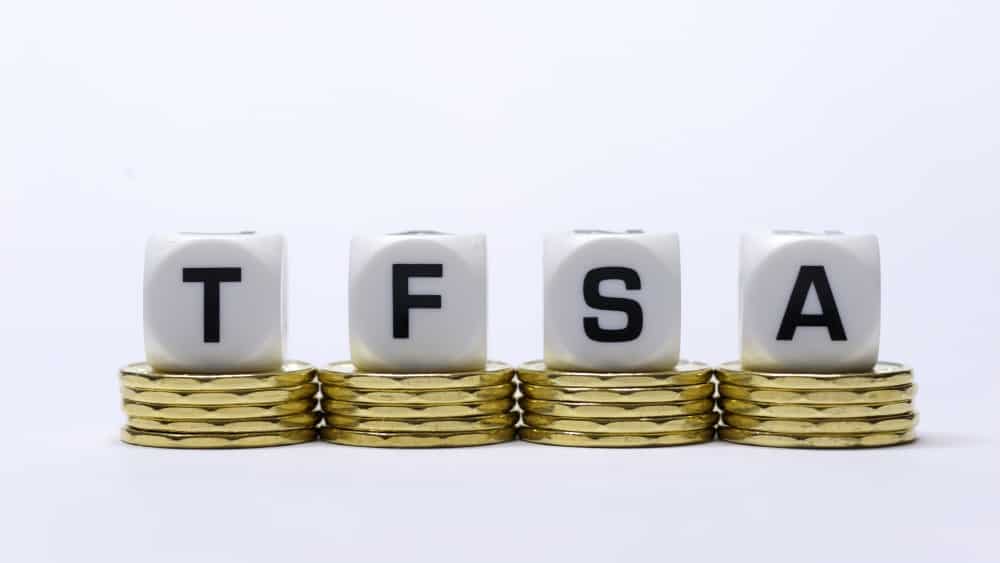Canada has a fairly robust social security system in place compared with the U.S. With both Canada Pension Plan (CPP) and Old Age Security (OAS) payouts, retirees are assured at least a baseline standard of living throughout their golden years. The Canadian Retirement Income Calculator can help you estimate your income in your retirement years.
However, if you have a maxed-out Tax-Free Savings Account (TFSA) that has compounded over the years, you have the potential to significantly enhance your retirement income. Holding income-generating investments here can be a good idea given their tax-free treatment.
My exchange-traded fund, or ETF, picks today are designed to help retirees meet withdrawals without having to sell shares. Both of them also pay out monthly as opposed to individual dividend stocks, which pay quarterly. Thanks to their underlying assets and strategies, both ETFs also pay high yields.
iShares Canadian Financial Monthly Income ETF
The iShares Canadian Financial Monthly Income ETF (TSX:FIE) provides high monthly income potential via exposure to a variety of assets from the Canadian financial sector. This includes dividend stocks, corporate bonds, preferred shares, and income trusts.
Currently, FIE pays an annualized distribution yield of 6.96%. This is the percentage yield an investor can expect to receive annually if the most recent dividend remains consistent at the current share price. As noted earlier, FIE pays out monthly, which is good for those living off investment income.
Holding FIE will cost a management expense ratio (MER) of 0.84% per year. This is one of the downsides of the ETF. Compared to dividend ETFs or index ETFs, FIE is expensive. It’s also not the most diversified ETF given that all of its holdings come from the financial sector.
BMO Canadian High Dividend Covered Call ETF
A more diversified option might be the BMO Canadian High Dividend Covered Call ETF (TSX:ZWC), which holds dividend stocks from the energy, financial, utilities, telecom, and consumer staples sectors to name a few. The ETF enhances the yield from these dividend stocks by selling covered calls.
Basically, covered calls are options that convert the future upside potential of the ETF into an immediate cash premium. This premium is paid out on a monthly basis along with the yield from the dividend stocks. Currently, ZWC has an annualized distribution yield of 6.58%.
Personally, I like ZWC better than FIE as it has greater diversification. I’m not a fan of corporate bonds or preferred shares either due to their interest rate sensitivity. As a bonus, ZWC also charges a lower management expense ratio of 0.72%.
The Foolish Takeaway
Retirees looking for monthly income investments in their TFSA could use either ZWC or FIE to achieve higher-than-average yields. Neither of these ETFs is likely to see strong growth over the long term, but that’s not really a concern for retirees. As with all investments, ensure you diversify!










